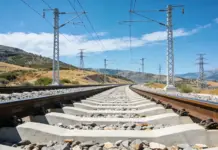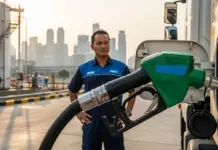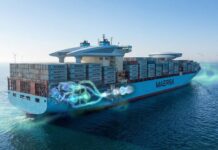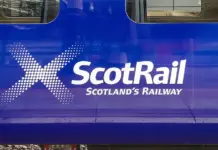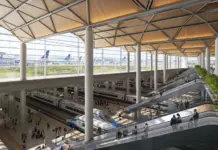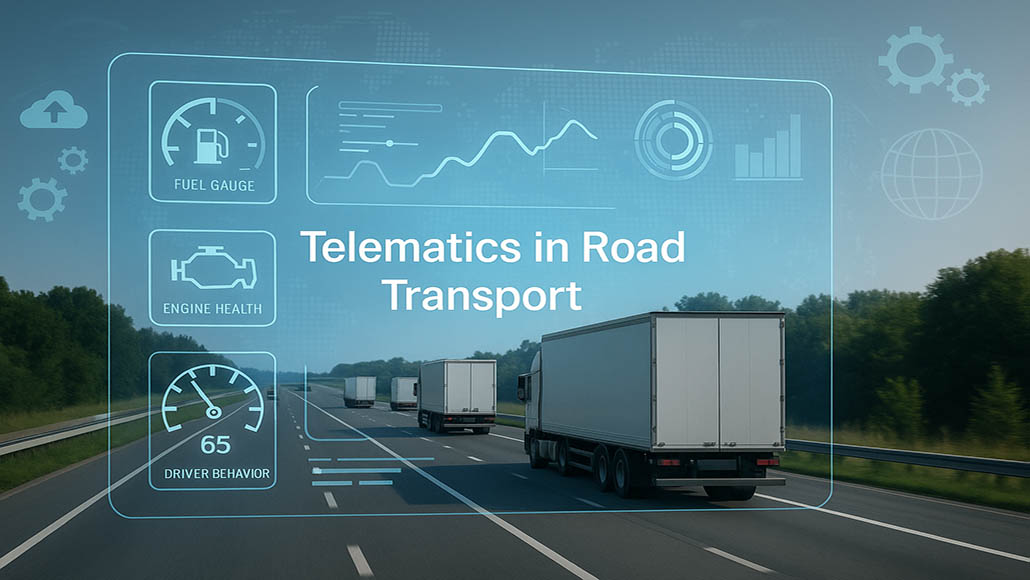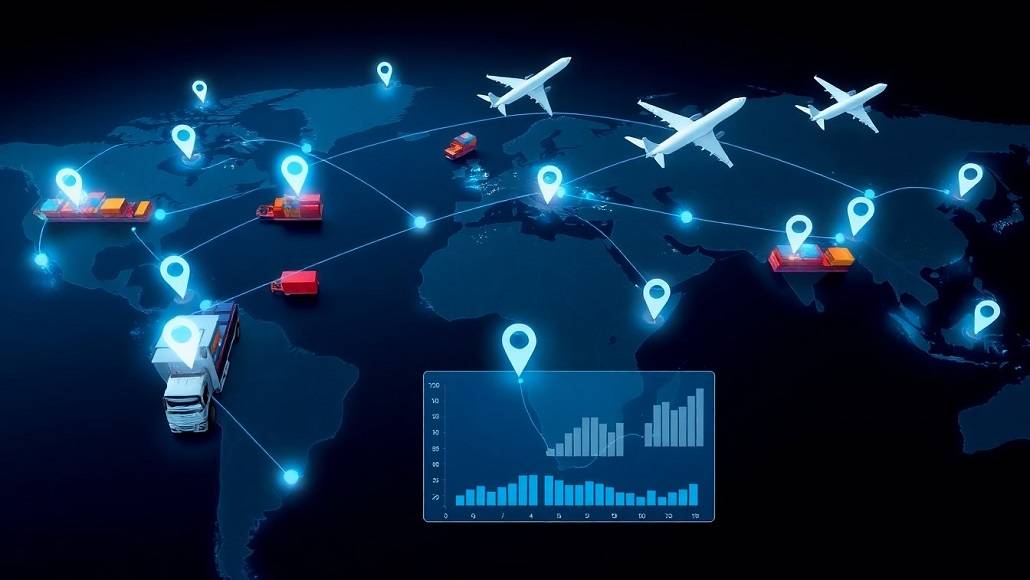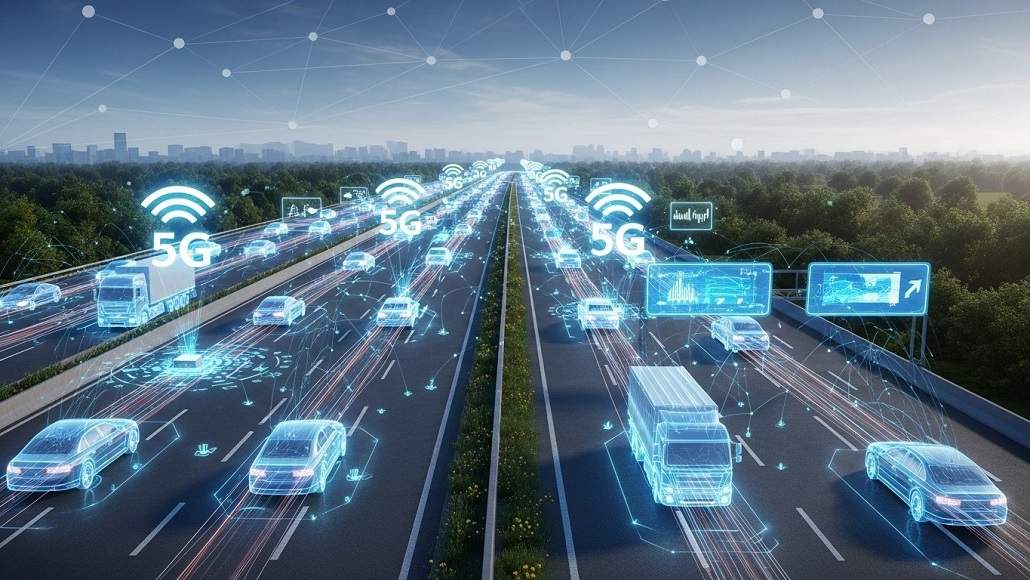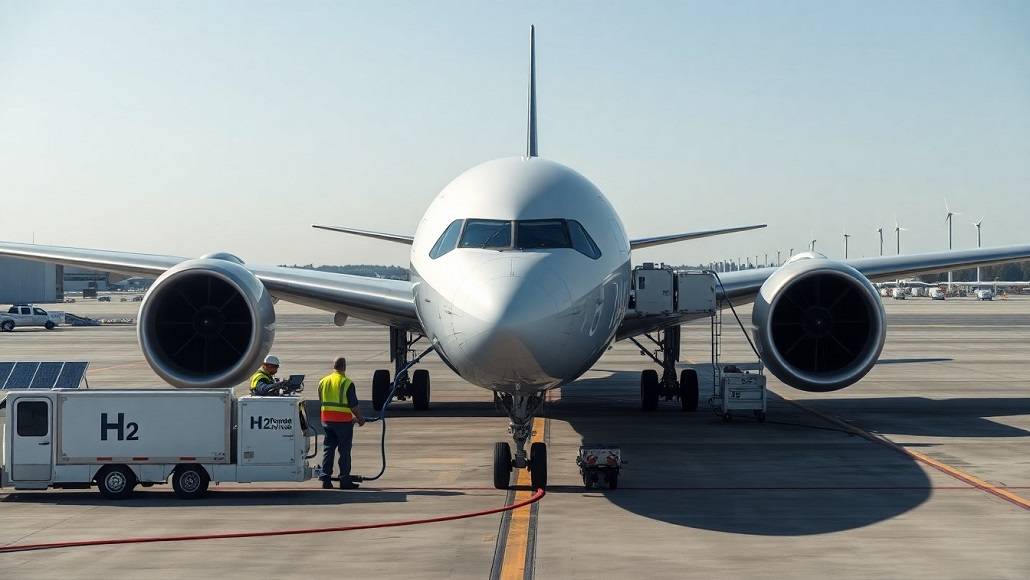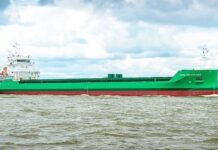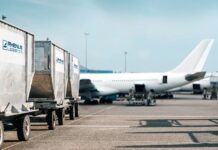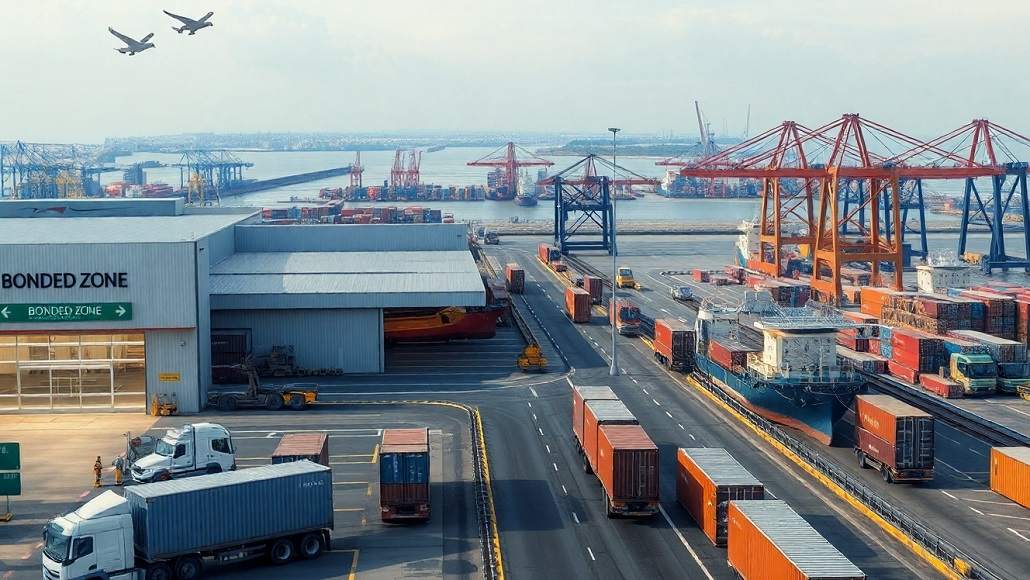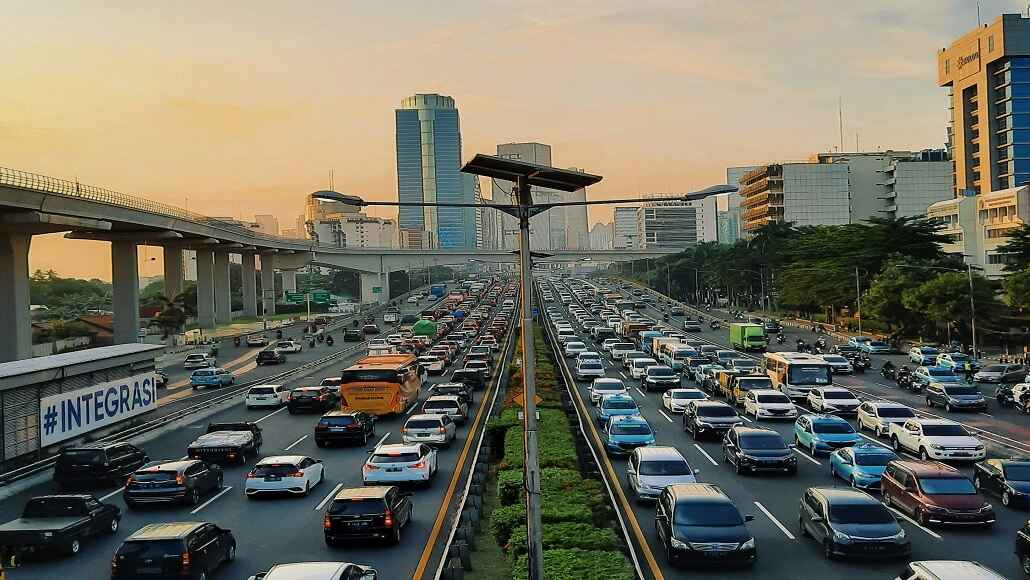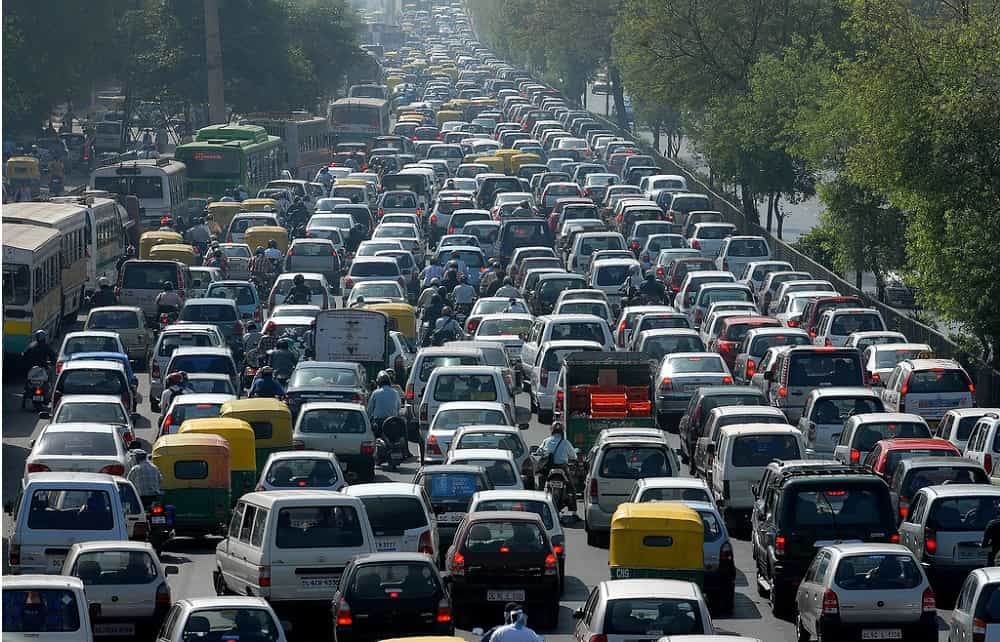Urban transport planning is not the erstwhile traditional transport layout which we have been used to seeing in cities globally. Instead, authorities nowadays have upped the ante to develop a plan for an efficient, balanced transportation system that promotes desirable patterns for human activities.
Gone are the days when urban transportation used to rely heavily on a single or maximum of two transportation modes. The result was a heavy load on both of them causing chaos and hence could not lead to simplifying the overall transportation worries. Designing urban transportation of today involves a standardized process under which planners develop alternative courses of action concerning transportation services. There is a fair amount of involvement of computer representations while designing an urban transport system. The influx of digitization in developing the transport system helps in acquiring numbers and jump on to inferences for future guidance.
Below are the Processes making urban transportation more sustainable:
Public-Private partnership
Due to the inevitable stress of the rising population in urban centers, Government authorities have started to work on the public-private model. The outcome looks more promising due to this as the allocation of responsibilities is more defined paving the way for overall transparency. With the public and private sectors coming together, when urban transportation gets designed in today’s era, one can expect the right amount of innovation and opportunity which allows sustainable transportation solutions to scale.
Identification of the right mode for transportation
Not every mode might end up being suitable for that city because of the topography, population size, and even the distances. The design system of today’s urban transport takes into account these factors and based on the outcomes rolls out the best options that gel with the wants of the citizens.
Replication of a fine system
With the advent of digitization, it becomes easier for authorities to replicate one urban transportation design to another city. This is mainly due to the data that comes from the already practiced policies which are fetched from cities where the mix of the transport system is giving out favorable results.
Meeting the Deadlines
Unlike before, the practice of finishing-off the transport project has a time-frame attached to it. The best part of including private ownership is that accountability has a major role to play and at the day both the citizens and authorities get benefited out of it.
The green channel
A lot of environmentally friendly solutions get into the designing of transportation of today. It starts with promoting the use of bicycles to e-vehicles or even using ethanol run buses. All the variants of transport revolve around encouraging green transport for a sustainable future.
Impressive utilization of technology
The use of technology in designing a sturdy urban transportation system forms the most important and integral part. Right from devising the exact mode/s of transport to the effective utilization of smart poles for giving out perfect imagery and data for forecasting or efficient use of traffic signals to providing impeccable parking solutions, the role of IIoT and AI in designing of a sustainable urban transportation design cannot be overlooked.



